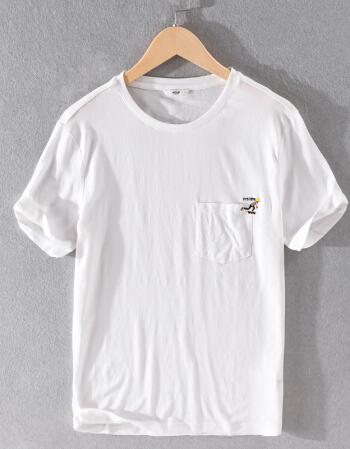The digital trend of clothing design technology refers to the application and influence of technology in clothing design. With the development of science and technology, digital technology is changing all aspects of clothing design in various ways, including the design process, material selection, production process and even consumer experience.
The following are some specific manifestations of digital trends in clothing design processes:
1. Design software and virtual reality technology: Designers can use advanced design software and virtual reality technology to design clothing. These tools can simulate the effects of different fabrics, realistic rendering, three-dimensional modeling, etc., greatly improving design efficiency and accuracy. Through virtual reality technology, designers can also try on and make adjustments before designing, reducing the cost and time of making physical samples.
2. Material innovation and smart textiles: Digital trends have promoted the development of clothing material innovation. Including the emergence of new materials such as functional textiles and smart textiles, such as fabrics that can regulate temperature, antibacterial, waterproof, UV protection and other properties. These materials not only meet consumers’ needs for comfort and functionality, but also provide designers with more creative possibilities.
3. Digital printing and customized production: Digital technology makes the clothing production process more flexible and efficient. Digital printing technology can print designs directly on fabrics, thereby reducing manual operations such as cutting and sewing in the traditional production process. In addition, customized production based on 3D scanning and printing technology has gradually become a trend, and consumers can customize personalized clothing according to their own needs.
4. Data analysis and intelligent supply chain management: The digital trend has promoted the development of digitalization of the clothing design process. Designers can understand market trends and Consumer demand and other information to make better design decisions. In addition, the intelligent supply chain management system can use the Internet of Things, big data and other technologies to monitor and adjust the supply chain, improving the efficiency and sustainability of production and sales.
In short, the digital trend is profoundly changing the clothing design process, providing designers with more innovative opportunities and methods, while also satisfying consumers The constant pursuit of personalization and functionality. In the future, with the further development of technology, clothing design technology will continue to develop in the direction of digitalization and intelligence.





